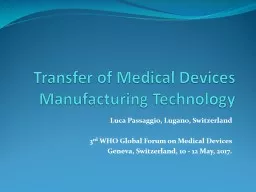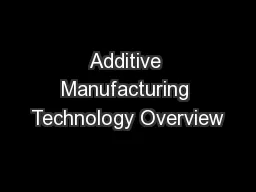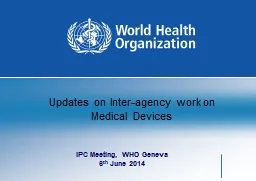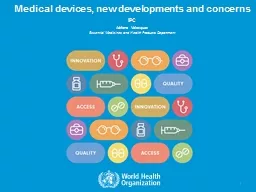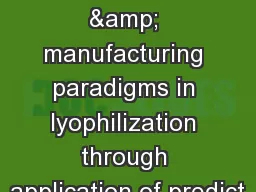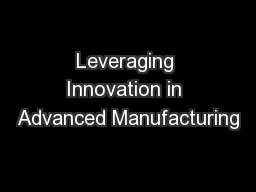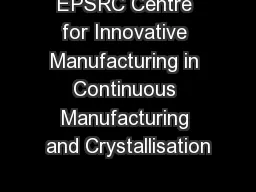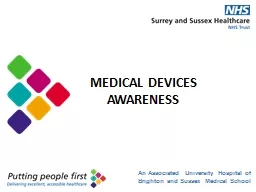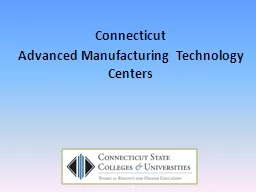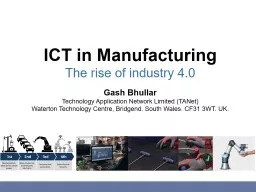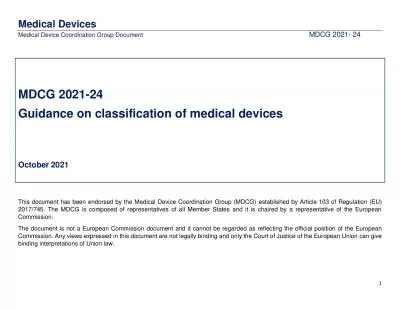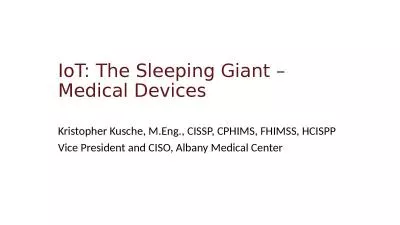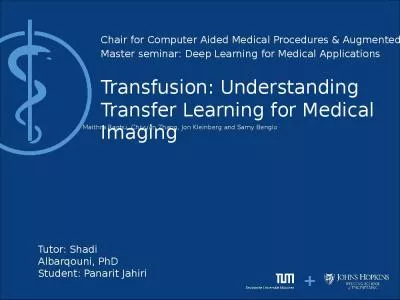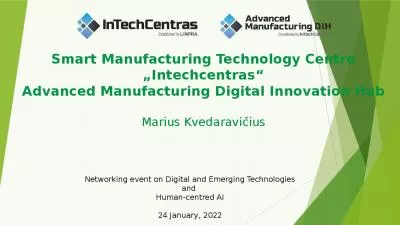PPT-Transfer of Medical Devices Manufacturing Technology
Author : danika-pritchard | Published Date : 2018-12-06
Luca Passaggio Lugano Switzerland 3 rd WHO Global Forum on Medical Devices Geneva Switzerland 10 12 May 2017 Disclosure Source of funding LP Medical Consulting
Presentation Embed Code
Download Presentation
Download Presentation The PPT/PDF document "Transfer of Medical Devices Manufacturin..." is the property of its rightful owner. Permission is granted to download and print the materials on this website for personal, non-commercial use only, and to display it on your personal computer provided you do not modify the materials and that you retain all copyright notices contained in the materials. By downloading content from our website, you accept the terms of this agreement.
Transfer of Medical Devices Manufacturing Technology: Transcript
Download Rules Of Document
"Transfer of Medical Devices Manufacturing Technology"The content belongs to its owner. You may download and print it for personal use, without modification, and keep all copyright notices. By downloading, you agree to these terms.
Related Documents

